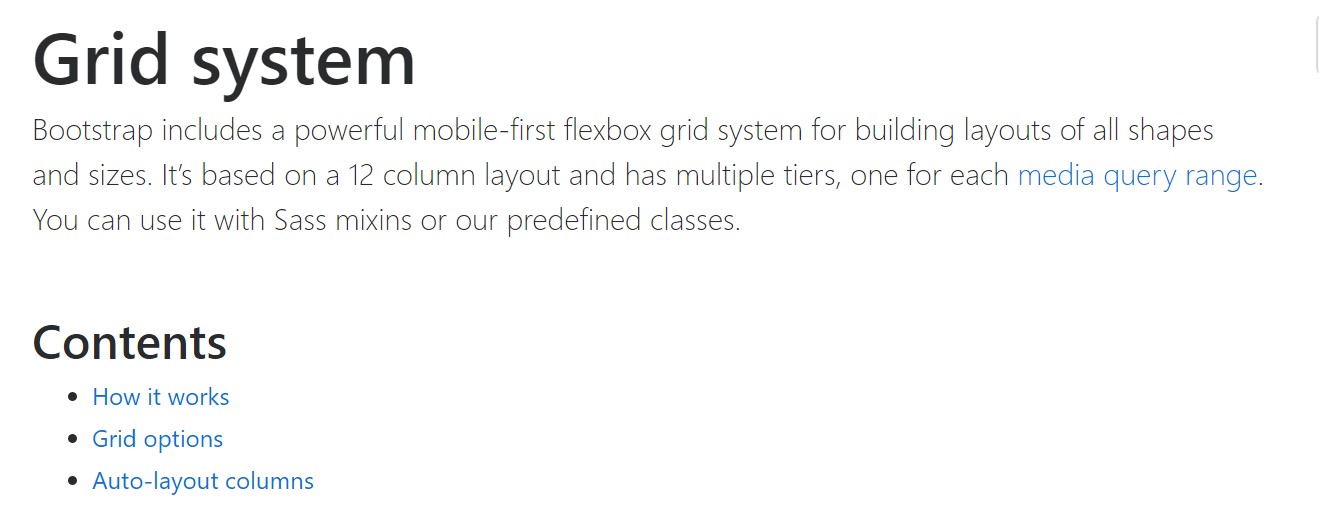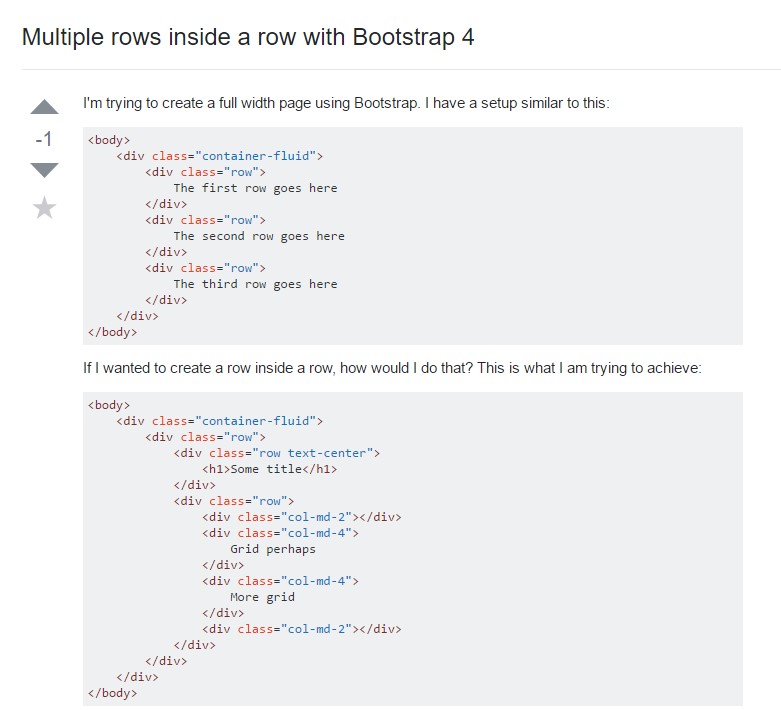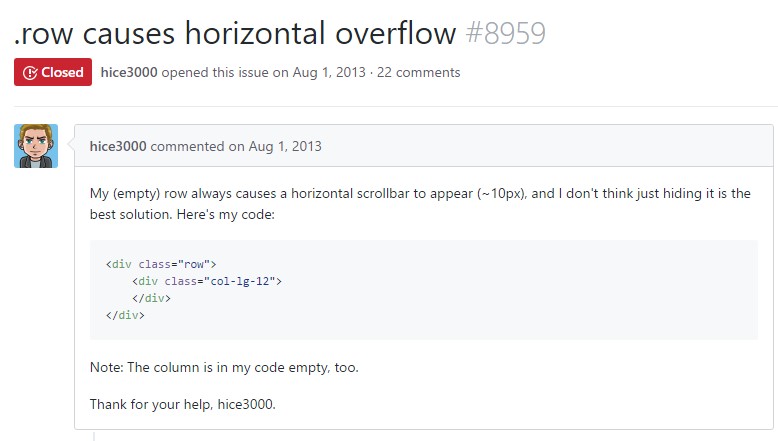Bootstrap Row Table
Intro
What do responsive frameworks execute-- they supply us with a handy and working grid environment to place out the web content, making sure if we specify it right so it will do the job and show appropriately on any type of gadget no matter the sizes of its display. And the same as in the construction each and every framework involving one of the most preferred one in its latest edition-- the Bootstrap 4 framework-- consist of just a handful of main features which provided and combined correctly are able to help you generate nearly any type of pleasing appearance to fit in your layout and vision.
In Bootstrap, usually, the grid structure becomes built by three basic components which you have most likely already seen around examining the code of several webpages-- these are actually the
.container.container-fluid.row.col-When you're fairly new to this whole thing and at times may question which was the appropriate method these 3 should be inserted inside your markup here is really a practical method-- all you must bear in mind is CRC-- this abbreviation comes for Container-- Row-- Column. And because you'll quickly get used to spotting the columns serving as the innermost feature it's not differ likely you would definitely mistake what the very first and the last C indicates. ( read here)
Couple of words about the grid system in Bootstrap 4:
Bootstrap's grid mode uses a set of columns, containers, and rows to style as well as line up web content. It's set up by having flexbox and is completely responsive. Listed here is an illustration and an in-depth examine exactly how the grid interacts.
The mentioned above illustration creates three equal-width columns on small, normal, large size, and extra big gadgets working with our predefined grid classes. All those columns are centered in the page having the parent
.containerHere's in what way it does the job:
- Containers present a solution to centralize your internet site's elements. Make use of
.container.container-fluid- Rows are horizontal bunches of columns which provide your columns are certainly aligned correctly. We use the negative margin method upon
.row- Content ought to be positioned within columns, and also only columns can be immediate children of Bootstrap Row Form.
- Due to flexbox, grid columns without a determined width will by default layout having same widths. As an example, four instances of
.col-sm- Column classes indicate the amount of columns you wish to employ outside of the potential 12 per row. { So, in case you would like three equal-width columns, you are able to apply
.col-sm-4- Column
widths- Columns have horizontal
paddingmarginpadding.no-gutters.row- There are 5 grid tiers, one for each and every responsive breakpoint: all breakpoints (extra little), small-sized, standard, large size, and extra big.
- Grid tiers are built upon minimum widths, implying they relate to that one tier plus all those above it (e.g.,
.col-sm-4- You can utilize predefined grid classes or Sass mixins for extra semantic markup.
Take note of the limits plus defects about flexbox, like the incapability to apply some HTML features such as flex containers.
While the Containers provide us fixed in max size or else dispersing from edge to edge horizontal area on display with small useful paddings across and the columns give the means to distributing the display area horizontally-- once again with certain paddings around the concrete material granting it a space to take a breath we are simply heading to direct our focus to the Bootstrap Row feature and all of the great approaches we can surely use it for designating, lining up and delivering its contents applying the bright brand new to alpha 6 flexbox utilities that are actually a number of classes to provide to the
.row-sm--md-The best ways to put into action the Bootstrap Row Inline:
Flexbox utilities may possibly be used for putting together the disposition of the features maded inside a
.row.flex-row.flex-row-reverse.flex-column.flex-column-reverseHere is just how the grid tiers infixes get employed-- for instance to stack the
.row.flex-lg-column.flex-Along with the flexbox utilities applied to a
.row.justify-content-start.justify-content-end.justify-content-center.justify-content between.justify-content-aroundThis counts also to the upright location that in Bootstrap 4 flexbox utilities has been simply dealt with just as
.align-.align-items-start.row.align-items-end.align-items-centerA different possibilities are coordinating the objects by their baselines being straightened the class is
.align-items-baseline.align-items-stretchAll of the flexbox utilities talked about already support independent grid tiers infixes-- add them right before the last word of the corresponding classes-- such as
.align-items-sm-stretch.justify-content-md-betweenConclusions
Here is generally precisely how this necessary however at very first look not so customizable element-- the
.rowReview some on-line video short training relating to Bootstrap Row:
Linked topics:
Bootstrap 4 Grid system: approved documents

Multiple rows inside a row with Bootstrap 4

Yet another complication: .row
causes horizontal overflow
.row
